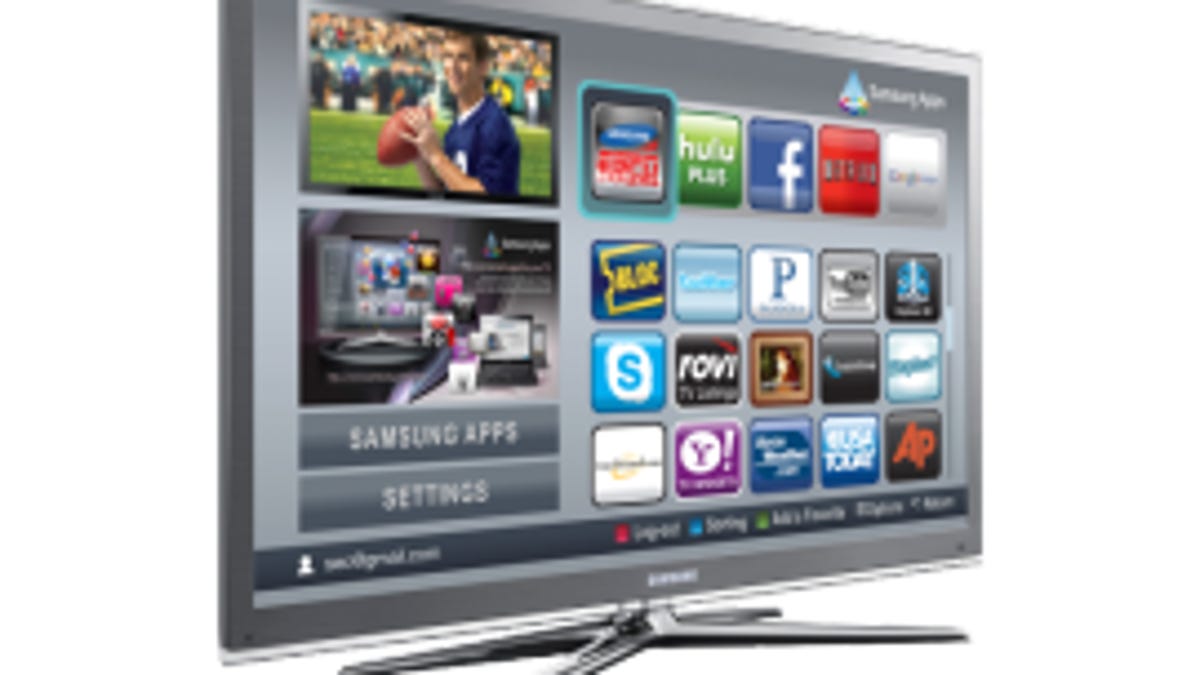Smart TVs in high demand, research finds
In-Stat finds in its study that more than 60 percent of homes with smart televisions use TV-based apps at least once per week.

Televisions that can connect to the Web and offer built-in applications are set to see strong sales growth in the coming years, a new study from research firm In-Stat has found.
According to the company, shipments of smart TVs will be up by an average of 36 percent over the next five years.
Built-in applications are becoming an increasingly common feature in HDTVs. A host of HDTV makers, including Samsung, Vizio, and Panasonic, among others, currently offer users the ability to access apps from their televisions. Several companies offer apps on televisions, including Netflix, Vudu, and YouTube.
In-Stat's study follows similar findings from DisplaySearch earlier this year, which said it expects shipments of connected televisions to grow at a compound annual rate of 30 percent, with total shipments reaching 123 million in 2014.
Currently, according to In-Stat, 22 percent of U.S. households with broadband connections have HDTVs with built-in applications. Out of those, 60 percent use those applications at least once per week. The company said Netflix streaming and YouTube are currently the most popular applications for those folks.
"As expected, Netflix and YouTube currently dominate the TV application space," Keith Nissen, research director at In-Stat, said in a statement. "But as Netflix competitors become more numerous and as applications are optimized for the big screen, TV apps will become part of the mainstream TV viewing experience."
In addition to accessing apps, consumers are also warming to the idea of paying for both television service and online video services. In-Stat said those who favored paying for both grew from 18 percent to 30 percent during 2010 alone.

